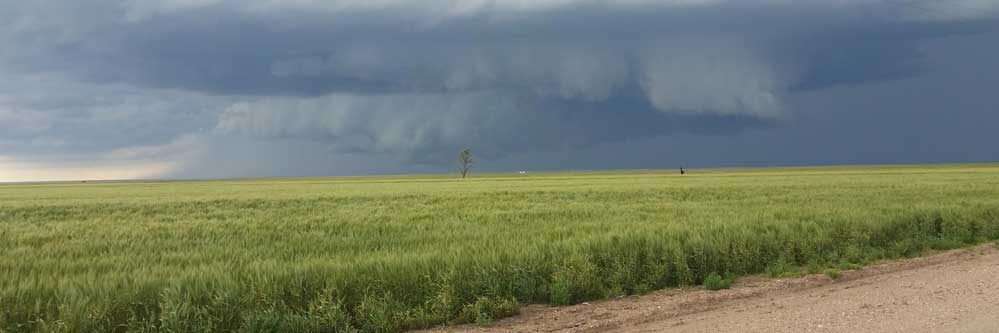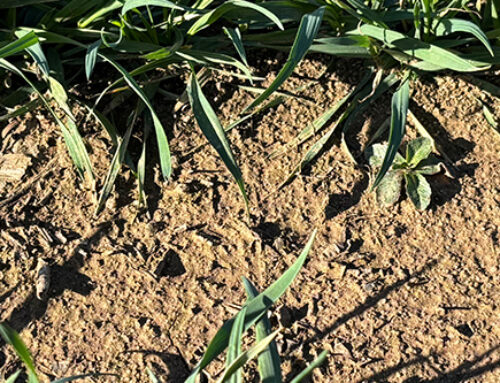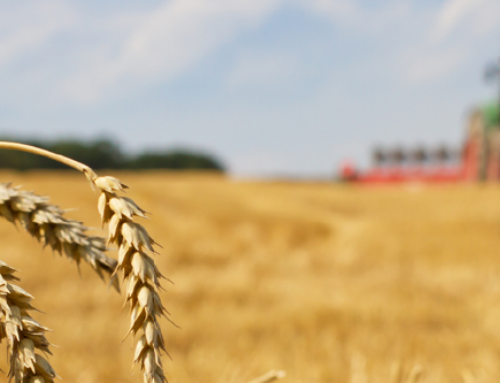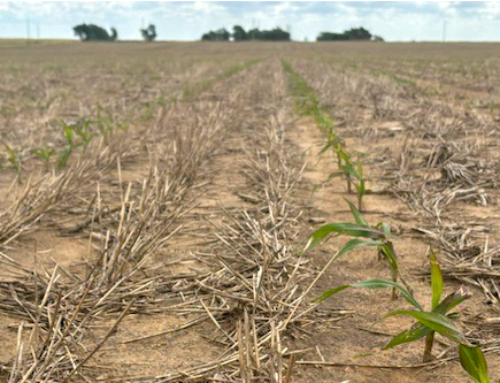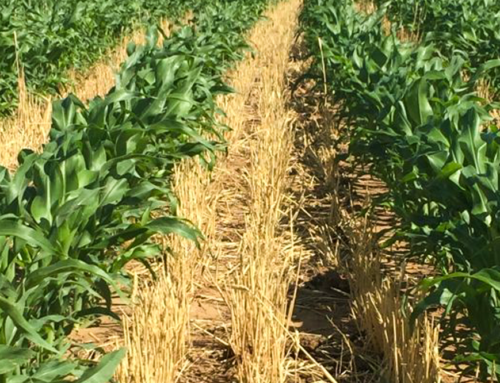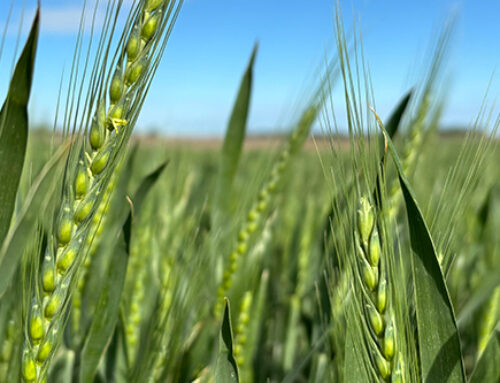The High Plains have experienced an extended drought for the past number of years. Lower than average precipitation has plagued some areas for over a decade. Years like 2011 and 2012 rivaled some of the dry, hot years of the 1930’s and 1950’s. Recently, the weather pattern has been a little more tolerable, and soaking rains have brought welcome relief in many areas. It is still going to take some time to fully replenish the depleted soil moisture profile, and bring some of the scorched ground back to a productive situation, but at least the pattern seems to have shifted to a more normal situation.
We are entering an El Niño period, which for some parts of the country will bring higher than normal levels of moisture, while other parts of the country will experience hotter and drier weather than usual.
El Niño patterns are generally thought of as being wetter and cooler for the Southwest and High Plains, but that is not necessarily always true. Depending on the strength and duration of the El Niño, will determine whether we will see more moisture, or less across the area. But for now, it appears the pattern has shifted to a more normal state.
As the soil moisture profile improves, and the prospects for normal to above average precipitation is possible, there is hope to raise a harvestable dryland crop across the area this year – something we haven’t done over the parched areas of western Kansas, eastern Colorado, and the Oklahoma and Texas Panhandles for a number of years.
In these areas, the spring rains came too late for the 2015 wheat crop, but with a little more help from Mother Nature, we have a chance to raise a decent sorghum crop, and add some cover to the bare fields.
Refilling the soil moisture profile will take time, and even after the recent rains, we can’t rely on there being enough stored soil moisture to sustain a crop for the entire season. But hope runs eternal.
If you have questions on the current moisture profile on your farm, contact your Crop Quest Agronomist to determine your strategy to produce a crop this summer on these acres, and plan ahead for the 2016 wheat crop. We will be glad to assist.
Featured image by: Harlan Bartel, Crop Quest Senior Agronomist
